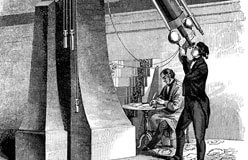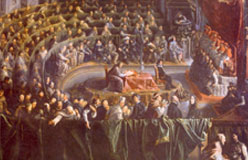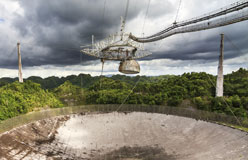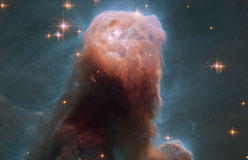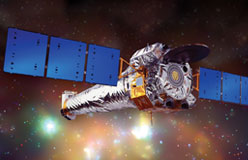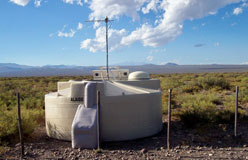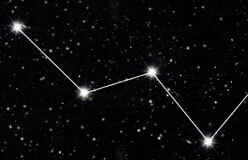On a clear night, thousands of stars can be seen twinkling above Earth. Centuries ago, people assumed that they knew all there was to know about the sky.
Then, in 1608, a Dutch lens maker put two glass lenses inside a metal tube. The device—later named a telescope—made distant objects appear close up. Scientists aimed the new device upward, where they found stars, new planets, and new moons they had never seen. They also found evidence that the Sun does not go around Earth, as most people then believed. Instead, Earth orbits the Sun, spinning like a top as it goes.
Telescopes have only gotten better since those early days. Nowadays we know that, cosmically speaking, Earth is tiny. Our home is a mere speck in the Milky Way galaxy, which is only one among billions of galaxies.
Astronomers can peer far out into the universe, but humans haven’t yet learned how to travel into deep space. Until we do, telescopes will show us the wonders of the cosmos.

